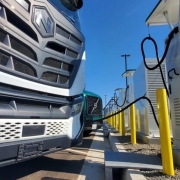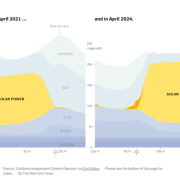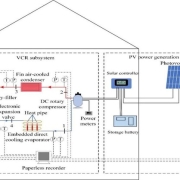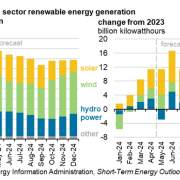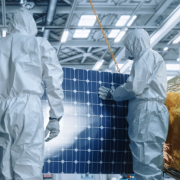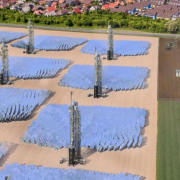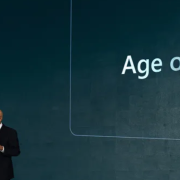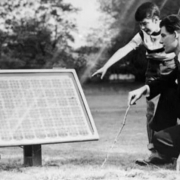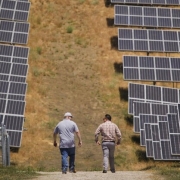In efforts to move towards using clean energy, transportation service Watt EV chose Bakersfield to launch their 115-acre electric truck charging depot.
CEO and Co-founder Salim Youssefzadeh said this hub will pave the way for the future of transportation.
Youssefzadeh said, “Having electric truck stops along the way is definitely a step to reducing emissions, and we chose this site initially because it’s on the I-99 corridor and it caters to a lot of the distribution center around us.”
Click here to read the full article
Source: BakersfieldNow
—
If you have any questions or thoughts about the topic, feel free to contact us here or leave a comment below.

